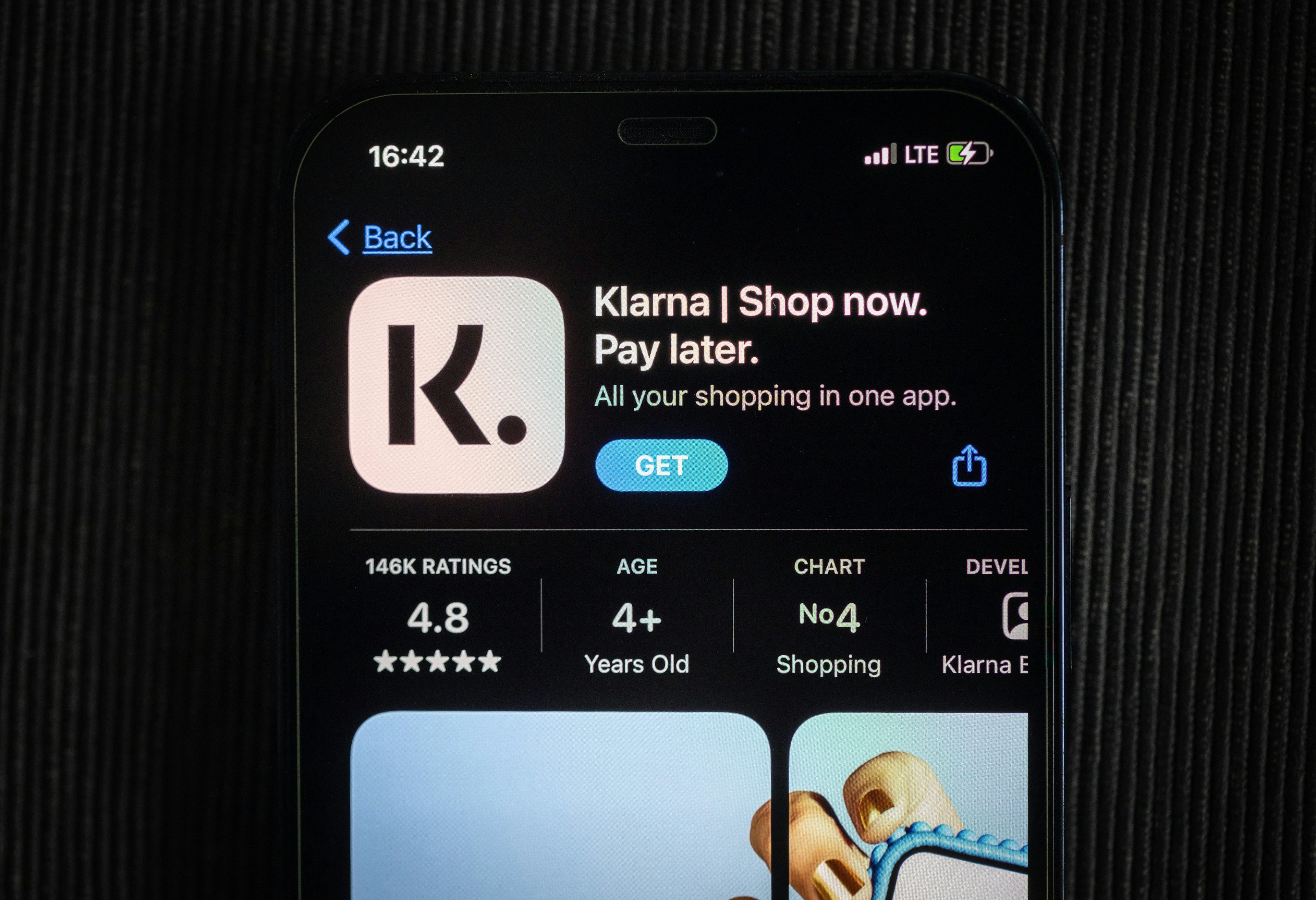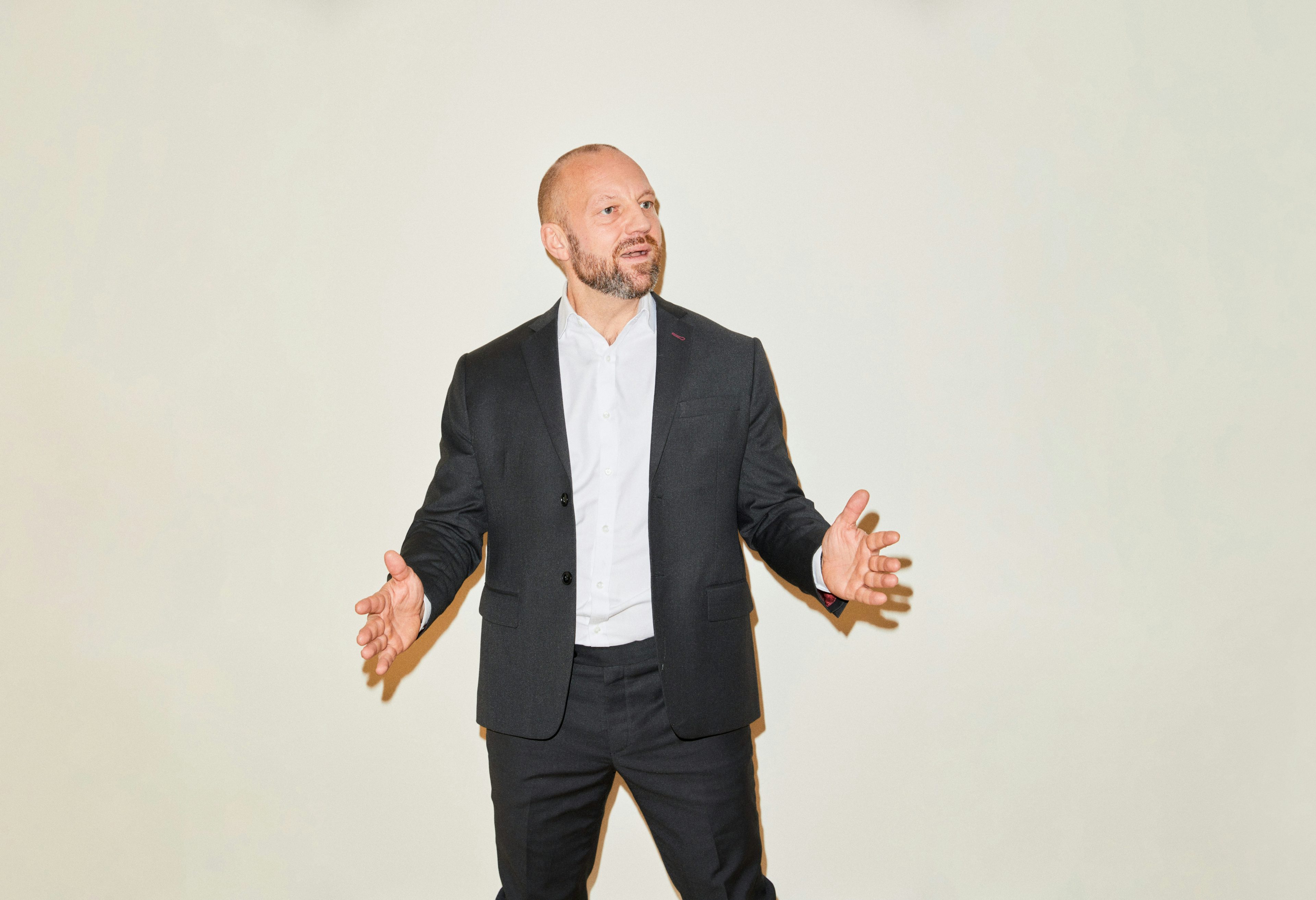Improving products and services is no longer only about the product or service itself or about their immediate physical and digital touchpoints. There are almost infinitive ways of improving a product and service with the help of technology, design or more effective manufacturing.
Whitepaper
Create winning customer experience
Whilst this delivers increased value, we believe that companies need to increasingly focus on the context in which the products reside and consider the total customer experience.

Systems are everywhere
Systems are everywhere today, and they are growing increasingly complex. Most of the things you interact with are part of a system without beginning and end, one communicating with the next. The effect is blurring the boundaries between individual products and services, and between companies and brands.
A modern car brand is one example: connected to a music streaming service, an insurance company, a navigation app, a smartphone, and perhaps a car sharing service – in addition to all the in-car systems.
Flexibility, modularity and rapid change
Today we need to refocus on the brand and see a brand as the sum of all experiences and touchpoints a customer has with a company. This sets completely new requirements on business development and brand management. Companies have new important aspects to consider.
Users interact with products and services in a multitude of ways and times, through a myriad of physical and digital touchpoints. Controlling the total user experience gets harder and harder. Products and services that are used together with partners’, or even competitors’, have an additional dimension of experiences completely out of your control. In such a situation, identifying which interactions matter most to the customer becomes key.
Most systems are networks where many actors collaborate to create value. There’s a need to have an overview of what each network actor is contributing, and if/how it can be worth tapping into to improve the overall customer experience. For example, user data or user created content can be both valuable and differentiating resources.
Customers’ needs and wishes are changing at a higher pace than ever before. To keep up and avoid being replaced, most companies need to be nimble. They must be able to adjust to how, when, where, and with what, both customers and partners want to use their products and services. Making sure your offering can be integrated in other players’ systems and experiences is important, you need to keep things open and modular.

There is an extensive need for flexibility, modularity and readiness for rapid change and these are just a few aspects to consider in a world of complex and integrated systems.
We advise clients to prioritize three dimensions for successful differentiation in this age of systems:
Set a strong guiding light and let your direction shine through all customer experiences
Once you accept that you can’t control all your customers’ touchpoints, it becomes evident that you need to firmly control what you can. Even if systems make customer journeys complex, your purpose does not need to be. On the contrary, it can be reason to strengthen a strategic position and clarify your reason to exist, your values and direction for the future.
By establishing a clear purpose for a well-defined target audience, you have good chances to make the direction of your brand shine through into most customer interactions, regardless of where, when and how. Customers will appreciate your consistency and find an often sought-after stability and clarity. It will build a trusting relationship between the customer and your brand.
It’s also been proven that a well-defined corporate purpose facilitates innovation, by providing direction when it’s time for choices and prioritizations. As we know, real innovation is much more about precision and implementation than brainstorming cool ideas.

Example: Nike
Nike is a good example of a company living their purpose through design of a system. Nike Run Club is at the core of what Nike does, linking Nike products with services and external partners.
Nike was also an early adopter of system thinking and were ground-breaking when connecting their running shoes with the internet. Nike exists to bring inspiration and innovation to every athlete in the world, and that is evident no matter where you meet the brand.
Focus on solving not just real customer frustrations, but the most important ones
Since there’s no way around the complexity or need to integrate with other systems, focusing on the right parts and processes becomes very important. Your brand needs to solve real frustrations for your customers, and out of those, the most important and impactful frustrations. This way, you build meaningful relationships and become a preferred choice over competitors.
Focus on frustrations because asking customers what they want rarely produces a straight answer. They might not know what they want or need, and sometimes that’s because it doesn’t exist yet. Customers are far better at describing their frustrations, what they lack and are less satisfied with. You stay ahead of the competition by understanding and solving current, and even emerging, frustrations.
It’s also safer and more efficient to base innovation, product and service development efforts, on the current situation of user’s experience of a total system, instead of on a single product. Moreover, frustrations can easily be sized, and then translated into business potential. A quantified map of problems-to-be-solved is thus the perfect starting point for any innovation roadmap.

Example: Klarna
30-billion-dollar fintech company Klarna is a great example of a company focusing on frustrations and successfully foreseeing them. Klarna was early to identify emerging frustrations around online payments and credits. By focusing on solving the complexity and delivering “Smootheness” rather than bells and whistles, Klarna became a favorite among both customers and online retailers.
And recently, Klarna listened in on shifting frustrations, and is changing how credit fees and default interest work.
Dare to build a (preferred) system within the system
If you embrace flexibility and openness, letting your products and services be freely used along with others, there is still a lot to gain from building a system of your own. It can, hopefully, become your customers’ preferred choice when presented with options. In a system you own, you can combine existing and new products, so that one plus one equals more than two.
Learning curves are usually steep and the more complex a task or category is, the harder it is for users to figure out the best solution. Therefore, once they have, customers tend to be comfortable and stay, as long as a product or service keeps providing solutions to important frustrations.
By building a system where customer experience and functionality is the same across touchpoints, instead of differing between stand-alone products and services, you create trust and comfort for users. Customers will stay because they value these aspects of your experience, even though they have freedom of choice.

Example: Microsoft
The software industry is a good example of systems within systems. Companies like Microsoft and Google make sure that user experience and product compatibility build on each other, so that users don’t have to, but want, to use their entire product suites. At the same time, they are increasingly open and flexible for integration across any external system.
Navigating a new reality
At Lynxeye, we’re convinced that the future belongs to the companies that embrace this new reality with a strong purpose at its core, that provide value by solving true frustrations for people, and that are open to a world where system thinking is the new normal.
The number of systems and how tightly they are being integrated, have been accelerated by the pandemic, like so many other digital developments. We believe it’s a source for great value creation around the world, and something that will reshape a big portion of the post-pandemic market landscape.
Want to know more?
Reach out to Martin Deinoff, Partner and Innovation Skills Lead at Lynxeye and download the whitepaper.

